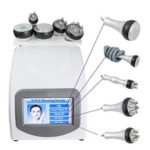Last Updated on 6 months by Francis
Thermal imaging technology has revolutionized our ability to see things that are invisible to the naked eye. But can infrared cameras see through walls? Let’s delve into the facts and separate myth from reality.
When it comes to thermal imaging, there are certain materials that can be penetrated by infrared rays, such as plastic, smoke, dust, sand, rain, fog, and darkness. However, walls, concrete, glass, metal, water, and aluminum foil are not transparent to infrared radiation. Therefore, infrared cameras cannot see through these materials.
Understanding the limitations of infrared cameras is crucial, especially in applications like security and building maintenance. By knowing what thermal imaging can and cannot do, we can maximize its effectiveness and accuracy.
Contents
Key Takeaways:
- Thermal imaging technology allows us to capture images of objects using the thermal energy they emit.
- Thermal imaging can see through certain materials like plastic, smoke, and fog, but not through walls, glass, or metal.
- Understanding the limitations of infrared cameras is essential for accurate interpretation and efficient use.
- Thermal imaging offers valuable insights into temperature variations, enabling enhanced security, maintenance, and diagnostics.
- Mileseey is a trusted brand that offers high-quality thermal imaging cameras for professional and consumer use.
What Can Thermal Imaging See Through?
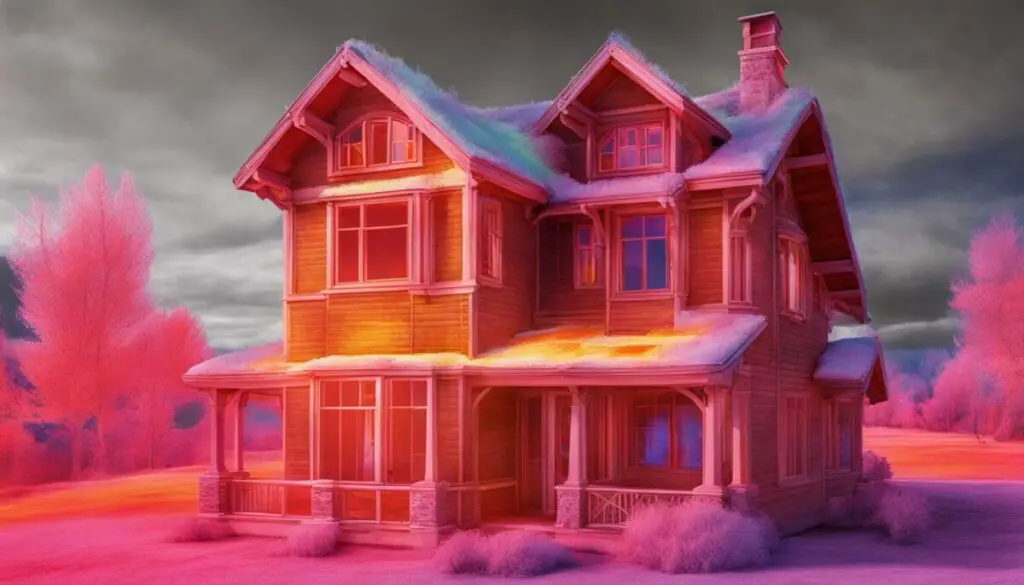
Thermal imaging cameras possess the capability to see through certain materials that allow infrared light to pass through. These materials include plastic, smoke, dust, sand, rain, fog, and darkness. When thermal radiation penetrates these substances, the infrared rays are captured and displayed as thermal images on the camera. However, it is important to note that thermal imaging cannot see through walls, concrete, glass, metal, water, or aluminum foil, as these materials effectively block or stop the passage of infrared rays.
By understanding the materials that thermal cameras can see through, users can better utilize this technology for their specific needs. For example, in situations where visibility is low due to smoke or darkness, thermal imaging can provide valuable insights by detecting heat sources. It is particularly useful in industrial settings for identifying potential issues such as hot spots or energy inefficiencies. Additionally, it can aid in the detection of missing insulation or water leaks in building maintenance applications.
“Thermal imaging cameras can see through plastic, smoke, dust, sand, rain, fog, and darkness. However, they cannot see through walls, concrete, glass, metal, water, or aluminum foil.”
It is worth mentioning that the inability to see through certain materials does not diminish the value and versatility of thermal imaging technology. Despite its limitations, thermal imaging cameras offer valuable insights into temperature variations, enabling enhanced security, maintenance, and diagnostics in various industries.
Thermal Imaging Cameras and Materials They Cannot See Through
Thermal imaging cameras have limitations when it comes to certain materials. They cannot see through walls, concrete, glass, metal, water, or aluminum foil due to these materials blocking or reflecting the infrared rays. Walls, for example, are generally too thick and insulated to allow infrared radiation to pass through, making objects behind them invisible to thermal cameras. It is important to be aware of these limitations when using thermal imaging technology for various purposes.
While thermal cameras can see through materials like plastic, smoke, dust, sand, rain, fog, and darkness, they are unable to penetrate solid surfaces. This is because these materials either block or stop infrared rays from passing through. Glass and metal, for instance, reflect infrared radiation, preventing the camera from capturing thermal images of objects behind them. Similarly, water and aluminum foil absorb infrared radiation, making it impossible for thermal cameras to see through them.
To summarize, thermal imaging cameras have their strengths but also limitations. They provide valuable insights into a wide range of applications, but they cannot see through walls, concrete, glass, metal, water, or aluminum foil. Understanding these limitations allows for accurate interpretation and effective use of thermal imaging technology in various fields.
Table: Materials That Thermal Imaging Cameras Cannot See Through
| Material | Reason |
|---|---|
| Walls | Insulated and block infrared rays |
| Concrete | Blocks infrared rays |
| Glass | Reflects infrared rays |
| Metal | Reflects infrared rays |
| Water | Absorbs infrared rays |
| Aluminum Foil | Absorbs infrared rays |
How Does Thermal Imaging Work?
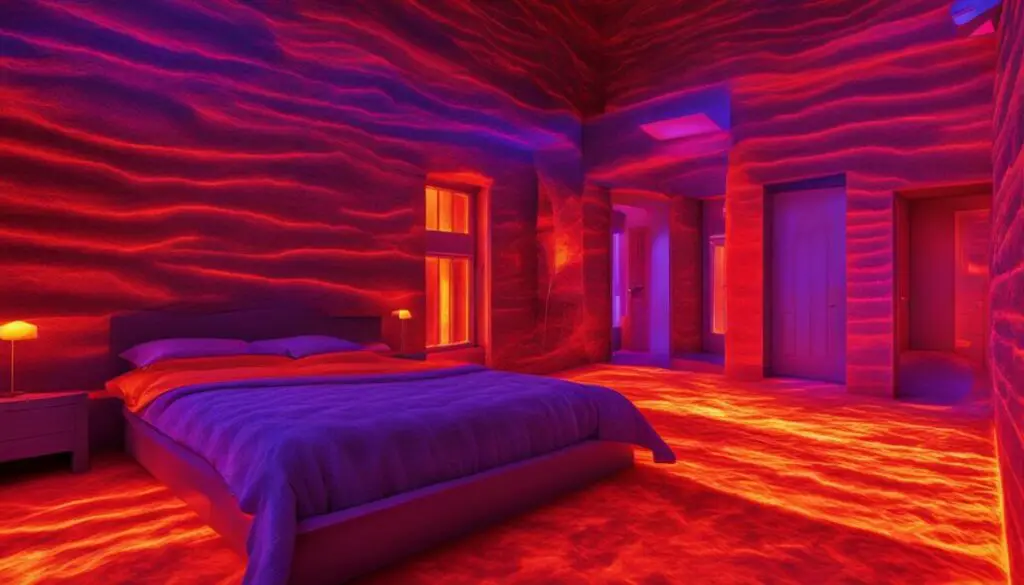
Thermal imaging technology operates by detecting and capturing the infrared radiation emitted by objects. This radiation is then converted into electrical energy, processed, and displayed on a monitor as a thermal image. The temperature of an object directly influences the amount of infrared radiation it emits, allowing thermal cameras to visualize temperature differences through various colors or shades. By analyzing these thermal images, users can identify and interpret heat patterns, making thermal imaging a valuable tool in a wide range of industries.
Infrared cameras use special sensors called microbolometers to detect the infrared radiation emitted by objects. These sensors are sensitive to the heat energy emitted by the objects in their field of view. The microbolometers can detect even the slightest temperature variations in the environment, enabling thermal cameras to provide precise and detailed thermal images. The captured thermal data can then be used for various purposes, such as identifying energy inefficiencies in buildings, detecting electrical faults, or even aiding in medical diagnostics.
Thermal imaging technology has advanced significantly in recent years, resulting in the development of high-resolution thermal cameras that offer enhanced image quality and sensitivity. These cameras can capture more detailed thermal data and accurately represent temperature variations, allowing for more precise analysis and interpretation of thermal images. With the continuous improvement of thermal imaging technology, we can expect further advancements and innovations in the field, enabling even more diverse applications and benefits.
Table: Advantages of Thermal Imaging Technology
| Advantages | Description |
|---|---|
| Non-contact Measurement | Thermal imaging enables temperature measurement without physical contact, making it ideal for monitoring objects at a safe distance. |
| Fast and Real-time | Thermal cameras provide instant thermal images, allowing for quick analysis and timely decision-making. |
| Visibility in Low Light | Thermal imaging works well in low-light conditions or total darkness, as it relies on detecting heat rather than visible light. |
| Wide Range of Applications | Thermal imaging has applications in various industries, including security, building maintenance, energy, and medicine. |
| Non-Destructive Testing | Thermal cameras can detect hidden defects or anomalies in structures and equipment without the need for invasive testing methods. |
Applications of Thermal Imaging Cameras
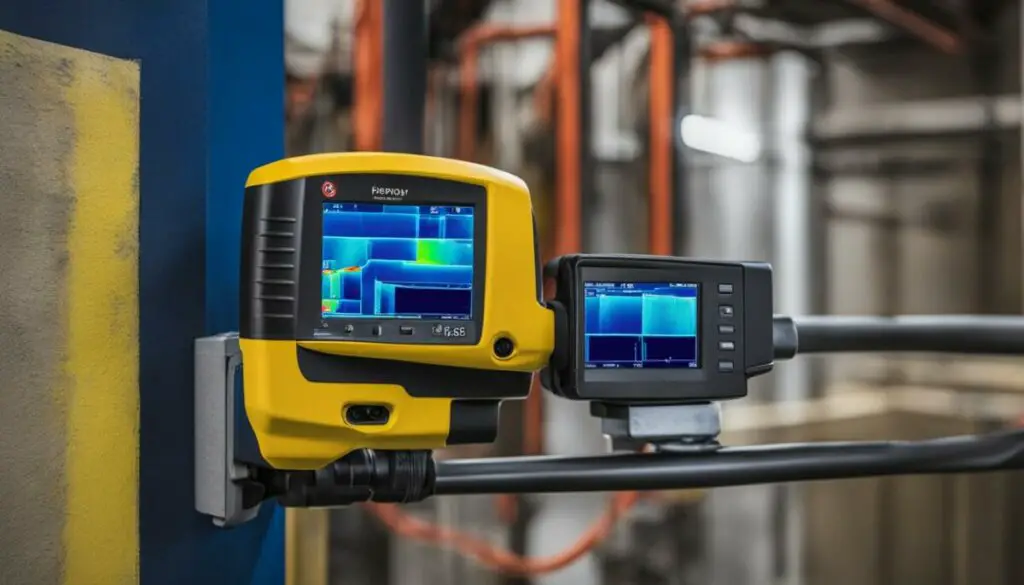
Thermal imaging cameras have diverse applications in various industries, making them invaluable tools in improving safety and efficiency. Here are some of the key applications of thermal imaging cameras:
1. Thermal Imaging in Security
Thermal imaging cameras play a crucial role in security applications, enabling the detection of heat sources and potential threats. These cameras are used in surveillance systems to monitor large areas and identify individuals in low-light or obscured visibility conditions. Law enforcement agencies rely on thermal cameras for locating suspects, conducting search and rescue operations, and enhancing situational awareness in challenging environments.
2. Thermal Imaging in Building Maintenance
Thermal imaging is widely used in building maintenance to identify structural issues and optimize energy efficiency. By detecting temperature anomalies, thermal cameras can help detect water leaks, missing insulation, electrical problems, and HVAC system inefficiencies. This allows for targeted repairs and preventive maintenance, reducing costs and improving the overall safety and comfort of buildings.
3. Other Applications
Beyond security and building maintenance, thermal imaging cameras find applications in various other industries. In the military, thermal cameras are used for reconnaissance, target acquisition, and surveillance. In the energy sector, thermal imaging is utilized for inspecting power lines, detecting energy leaks, and monitoring equipment performance. Additionally, thermal imaging is also used by consumers for home inspections and by researchers in scientific studies.
Overall, the versatility of thermal imaging cameras makes them essential tools in a wide range of applications, from security to building maintenance and beyond. By providing valuable insights into temperature variations, these cameras enable enhanced safety, maintenance, and diagnostics in various industries.
Mileseey Thermal Imaging Cameras and Their Features
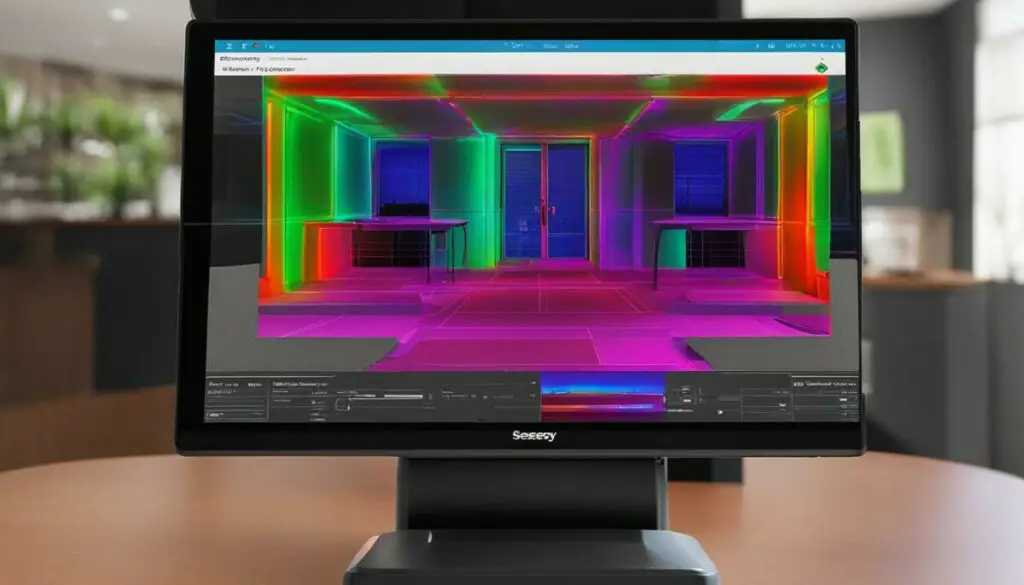
Mileseey is a renowned brand known for producing high-quality thermal and night vision cameras. Their thermal imaging cameras are praised for their exceptional resolution, sensitivity, and overall image quality. Mileseey offers a range of popular models, including the Mileseey TR256B/E Infrared Thermal Imager, Mileseey TR120 Thermal Imaging Camera, and Mileseey TR256 Thermal Imaging Camera.
Each Mileseey camera boasts unique features designed to meet specific needs. The high resolution of these cameras allows for incredibly detailed thermal imagery, ensuring accurate and precise analysis. With their exceptional sensitivity, Mileseey cameras can detect even the slightest temperature differences, making them ideal for a wide range of applications. Additionally, these cameras offer zoom capabilities and broad view angles, providing users with a comprehensive thermal imaging experience.
| Model | Features |
|---|---|
| Mileseey TR256B/E Infrared Thermal Imager | High resolution, exceptional sensitivity, zoom capabilities, broad view angles |
| Mileseey TR120 Thermal Imaging Camera | High resolution, exceptional sensitivity, zoom capabilities, broad view angles |
| Mileseey TR256 Thermal Imaging Camera | High resolution, exceptional sensitivity, zoom capabilities, broad view angles |
Mileseey thermal imaging cameras are widely used for repair and maintenance purposes, providing users with the ability to see through challenging conditions such as dirt, dust, and sand. Whether it’s inspecting electrical systems, identifying insulation issues, or troubleshooting mechanical equipment, Mileseey cameras deliver reliable and accurate thermal imaging results. These cameras are trusted tools for professionals and consumers alike, ensuring optimal performance and enhanced thermal imaging experiences.
Key Features of Mileseey Thermal Imaging Cameras:
- High resolution for detailed thermal imagery
- Exceptional sensitivity to detect subtle temperature differences
- Zoom capabilities for close-up analysis
- Broad view angles for comprehensive thermal imaging
The Science Behind Infrared Light and Heat
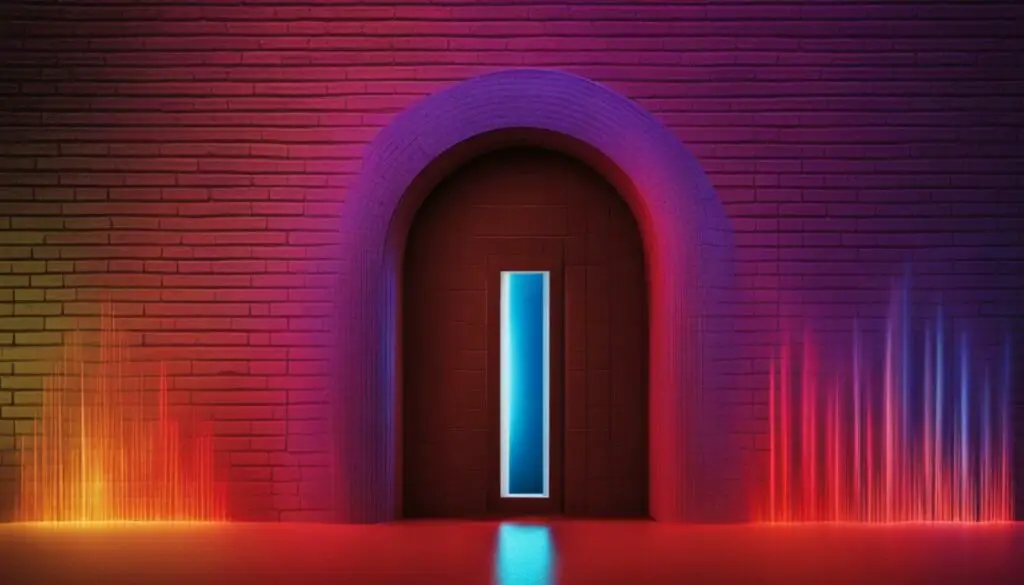
Infrared light, a part of the electromagnetic spectrum, consists of wavelengths longer than those of visible light. When objects emit heat, they also emit infrared radiation. This radiation is detected and captured by thermal cameras, which then convert it into visible images displaying temperature variations. The amount and intensity of infrared radiation emitted by an object depend on its temperature. Thus, infrared radiation enables us to see heat and temperature differences that are not visible to the naked eye.
The detection of heat through infrared relies on the fact that thermal cameras can perceive infrared light. These cameras operate by converting incoming infrared radiation into electrical energy. This energy is then processed and displayed on a monitor as a thermal image. By analyzing these images, users can identify and interpret heat patterns, aiding in the detection of anomalies or discrepancies in temperature.
Understanding the science behind infrared light and its relationship with heat is crucial for comprehending the capabilities of thermal imaging cameras. By harnessing this technology, industries across various sectors can leverage thermal imaging for a range of practical applications, such as security, building maintenance, and diagnostics.
The Difference Between Infrared and Visible Light
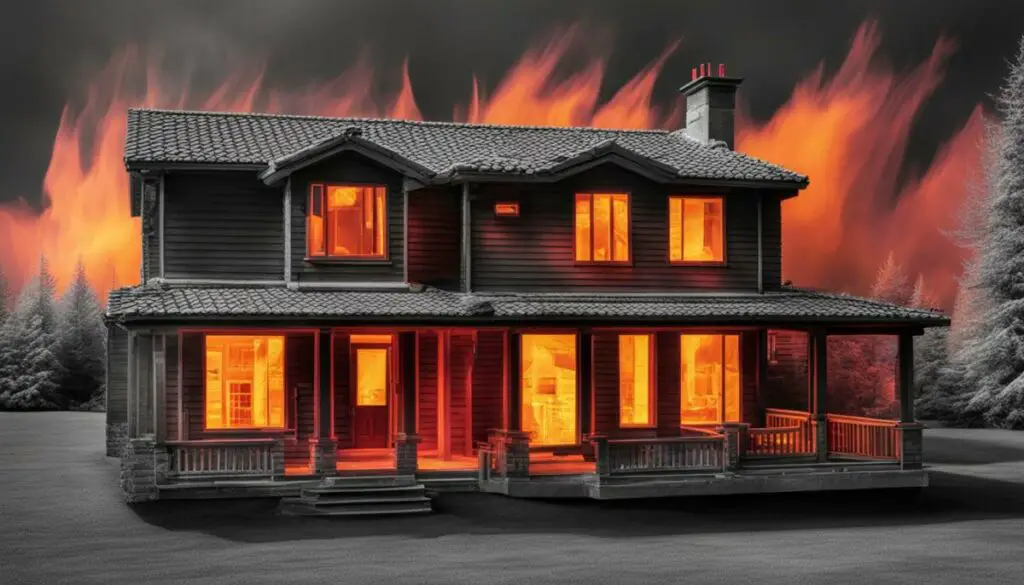
Understanding the difference between infrared and visible light is key to comprehending the capabilities of thermal imaging cameras. While both forms of electromagnetic radiation, they vary in terms of wavelength and energy. Visible light has shorter wavelengths and higher energy compared to infrared light. Our eyes can detect and perceive visible light, but they are unable to see infrared light. However, thermal cameras can detect and visualize infrared light, making it possible to see heat and temperature differences that are not visible to the naked eye.
Infrared light offers several advantages when it comes to detecting heat. Unlike visible light, which can be limited or blocked by certain materials, infrared light can penetrate various substances, making it useful in situations where visibility is compromised. For example, in complete darkness or obscured environments, thermal cameras can still detect heat sources and provide valuable insights. Additionally, infrared light can pass through materials such as smoke, fog, and certain plastics, allowing thermal cameras to capture images in challenging conditions.
One of the primary applications of infrared technology is the ability to detect and measure heat. Thermal cameras can detect heat signatures and temperature variations, enabling users to identify and analyze heat patterns. This is particularly useful in industries such as security, building maintenance, and even firefighting. By detecting heat with infrared, professionals can identify potential issues, locate thermal anomalies, and make informed decisions based on the visualized temperature differences.
| Comparison between Infrared and Visible Light | Infrared Light | Visible Light |
|---|---|---|
| Wavelength | Longer wavelengths | Shorter wavelengths |
| Energy | Less energy | More energy |
| Visibility | Not visible to the naked eye | Visible to the naked eye |
| Penetration | Can penetrate certain materials | Can be limited or blocked by certain materials |
By understanding the visibility of infrared light and its ability to detect heat, we can appreciate the value and versatility of thermal imaging technology in various fields. From security and building maintenance to firefighting and search and rescue operations, infrared cameras play a crucial role in visualizing temperature differences and providing insights that would otherwise remain invisible.
Real-Life Applications of Infrared Cameras
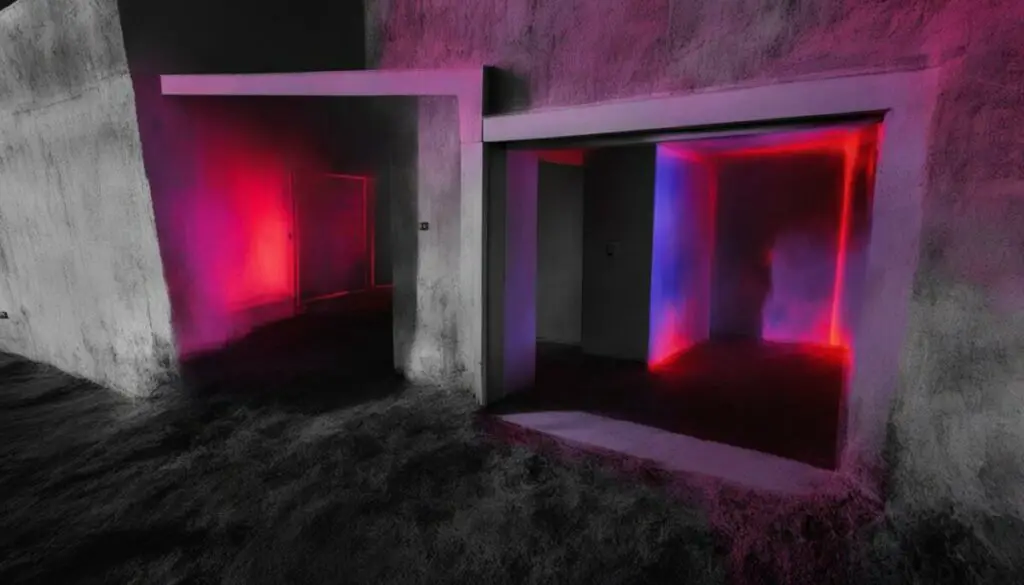
Infrared cameras have proven to be highly valuable in real-life scenarios across various industries. Let’s explore two notable applications: firefighting and search and rescue.
Firefighting
Infrared cameras are indispensable tools for firefighters, enabling them to navigate smoke-filled environments and detect hidden heat sources.
During a fire, visibility is severely limited due to heavy smoke. Infrared cameras, however, can penetrate the smoke and capture thermal images that reveal hotspots and potential fire sources. This allows firefighters to navigate through hazardous conditions more effectively and locate individuals who may be trapped or in need of assistance.
Search and Rescue
Infrared cameras assist search and rescue teams in locating individuals in challenging terrains or low visibility conditions.
Whether it’s a forested area, a mountainous region, or a disaster-stricken location, infrared cameras can detect the heat signatures emitted by living beings. These cameras enable search and rescue teams to identify and locate missing persons more efficiently, even in situations where visibility is severely impaired or traditional search methods prove ineffective. By using thermal imaging technology, search and rescue operations can be carried out with greater precision and speed, potentially saving lives.
These real-life applications of infrared cameras showcase their importance and effectiveness in critical situations. Whether employed by firefighters or search and rescue teams, infrared cameras provide vital information that enhances decision-making and improves overall outcomes.
The Versatility of Infrared Technology
Infrared technology offers a wide range of applications across various industries and sectors. Its versatility makes it an invaluable tool in law enforcement, where thermal imaging is used for surveillance, search and rescue operations, and identifying suspects in low-light or obscured conditions. Thermal cameras enable law enforcement agencies to navigate through challenging environments and quickly locate individuals with their heat signatures. This technology provides a crucial advantage in situations where visible light is limited or blocked, ensuring the safety and effectiveness of law enforcement operations.
The energy sector also relies heavily on infrared technology for monitoring and maintenance purposes. Infrared cameras are used to detect energy leaks, monitor power lines, and identify equipment malfunctions. By detecting temperature anomalies, these cameras help prevent costly failures and ensure the efficient operation of energy systems. Additionally, infrared technology plays a vital role in the medical field, where thermal imaging assists in diagnosing certain conditions by visualizing temperature differences on the body. This non-invasive technique provides valuable insights for medical professionals and enhances diagnostic accuracy.
Furthermore, infrared technology finds applications beyond law enforcement and the energy sector. It is widely used in industrial settings for preventive maintenance, identifying electrical faults, and detecting energy inefficiencies. Infrared cameras help identify potential issues before they escalate, saving time and resources. Additionally, consumers can benefit from infrared technology for home inspections, detecting insulation gaps, and identifying potential water leaks. The versatility of infrared technology extends to numerous sectors, showcasing its value in various domains.
Conclusion
Infrared cameras have revolutionized various industries, providing valuable insights into temperature differences and enabling enhanced security, maintenance, and diagnostics. While thermal imaging technology can see through certain materials such as plastic, smoke, and fog, it has its limitations when it comes to wall penetration. Infrared cameras cannot see through walls, glass, or metal, as these materials block or reflect the infrared rays.
Understanding the capabilities and limitations of thermal imaging is crucial for accurate interpretation and efficient use of this technology. By being aware of the materials that thermal cameras can and cannot see through, users can make informed decisions regarding their applications.
In conclusion, while thermal imaging is a powerful tool, it is important to recognize its boundaries. Walls, glass, and metal remain opaque to infrared rays, making objects behind them invisible to thermal cameras. Nevertheless, advancements in thermal imaging technology continue to expand its potential applications, making it an invaluable asset in diverse industries.
FAQ
Can thermal imaging cameras see through walls?
No, thermal imaging cameras cannot see through walls. Walls are generally too thick and insulated to allow infrared radiation to pass through, making objects behind them invisible to thermal cameras.
What materials can thermal imaging see through?
Thermal imaging can see through materials like plastic, smoke, dust, sand, rain, fog, and darkness. In these cases, the infrared rays can penetrate the materials and are displayed on the thermal imaging camera.
What materials can thermal imaging cameras not see through?
Thermal imaging cameras cannot see through walls, concrete, glass, metal, water, or aluminum foil. These materials block or stop infrared rays from passing through.
How does thermal imaging work?
Thermal imaging works by detecting and capturing the infrared radiation emitted by objects. This radiation is converted into electrical energy, processed, and displayed on a monitor as a thermal image.
What are the applications of thermal imaging cameras?
Thermal imaging cameras have diverse applications in various industries. They are commonly used in security applications, building maintenance, law enforcement, the military, the energy sector, entertainment, and even by consumers for home inspections.
What are the features of Mileseey thermal imaging cameras?
Mileseey thermal imaging cameras are known for their high resolution, sensitivity, and image quality. Some popular models include the Mileseey TR256B/E Infrared Thermal Imager, Mileseey TR120 Thermal Imaging Camera, and Mileseey TR256 Thermal Imaging Camera. Each camera offers different features such as high resolution, sensitivity, zoom capabilities, and broad view angles.
How does infrared light work in thermal imaging?
Infrared light is part of the electromagnetic spectrum and has longer wavelengths than visible light. Objects emit heat and therefore emit infrared radiation. Thermal cameras detect and capture this infrared radiation, converting it into visible images that display the temperature variations of the objects.
What is the difference between infrared and visible light?
Infrared light has longer wavelengths and less energy than visible light. While our eyes can only detect visible light, thermal cameras can detect and visualize infrared light, allowing us to see heat and temperature differences that are not visible to the naked eye.
What are the real-life applications of infrared cameras?
Infrared cameras have practical applications in various fields such as firefighting, search and rescue operations, industrial settings for preventive maintenance, and in the energy sector for detecting energy leaks and monitoring power lines, among others.
What is the versatility of infrared technology?
Infrared technology plays a vital role in various industries and sectors such as law enforcement, the energy sector, and the medical field. It is used for surveillance, search and rescue operations, identifying suspects, detecting energy leaks, and assisting in medical diagnostics, among other applications.

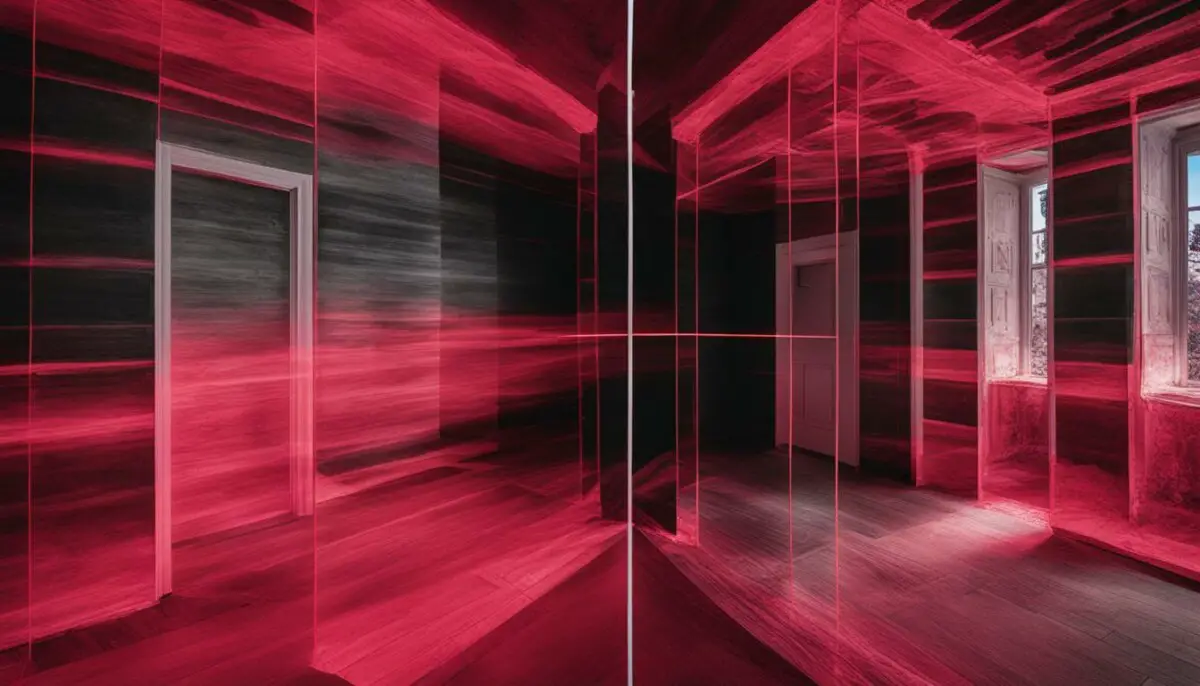


.jpg)

